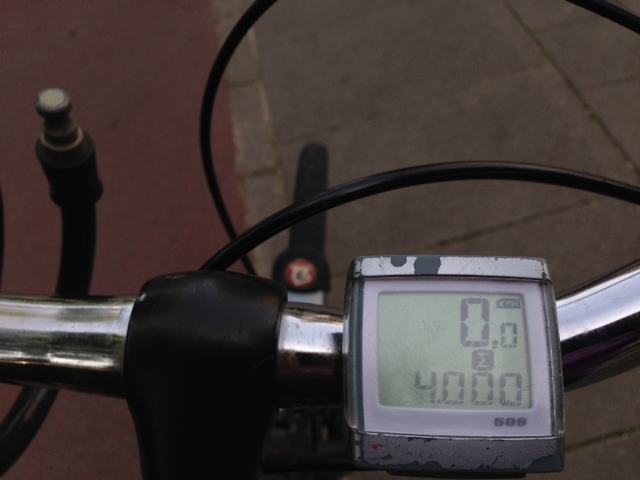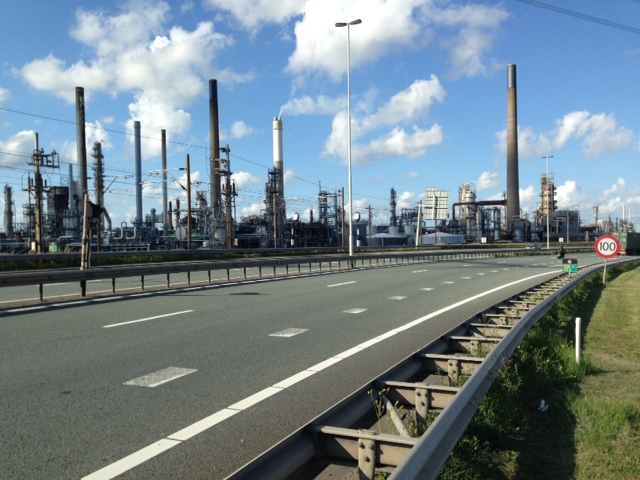On Tuesday October 8, 2013, I'll be teaching the new IPv6 routing course for the first time. I'm very excited about this new training course!
Several times a year I teach two training courses in cooperation with NL-ix: a BGP training course and an IPv6 training course. The thing that makes our BGP training course unique is that half of it consists of the participants getting their hands dirty configuring BGP on a Cisco router. But until now, the IPv6 course was basically just me explaining IPv6 and showing a few examples.
But we now have a new, improved IPv6 training course: the IPv6 routing course. Just like the BGP course, people who participate get the chance to configure IPv6 on a Cisco router.
Permalink - posted 2013-08-20
▼
On Tuesday October 8, 2013, I'll be teaching the new IPv6 routing course for the first time. I'm very excited about this new training course!
Several times a year I teach two training courses in cooperation with NL-ix: a BGP training course and an IPv6 training course. The thing that makes our BGP training course unique is that half of it consists of the participants getting their hands dirty configuring BGP on a Cisco router. But until now, the IPv6 course was basically just me explaining IPv6 and showing a few examples.
But we now have a new, improved IPv6 training course: the IPv6 routing course. Just like the BGP course, people who participate get the chance to configure IPv6 on a Cisco router. These are the topics covered:
- IPv4 depletion
- IPv6 basics
- types of IPv6 addresses: global, link local, site local, unique site local
- RIPE policy differences between IPv4 and IPv6
- making an IPv6 addressing plan
- stateless autoconfiguration vs DHCPv6
- tunnels
- OSPF for IPv6 (OSPFv3)
- BGP for IPv6
- coexistence and interaction between IPv4 and IPv6 in BGP
- Cisco IOS:
- using ping and traceroute
- monitoring BGP status and progress
- inspecting routing tables and BGP tables
- changing next hop addresses where necessary
- enabling/disabling stateless autoconfiguration
- router advertisement flags and DHCP server or relay
The course is one day from 10 in the morning until about 4:30 in the afternoon at the NL-ix offices in The Hague. Note that the course will be in Dutch. Later this year we'll have one in English. The day before (Monday the 7th) we have our BGP course. Please see the NL-ix website for full details.
Permalink - posted 2013-08-20
Recently I noticed when I delete photos from the iPhoto trash, iPhoto doesn't necessarily delete the image files from its library. My iPhoto library is the single biggest thing on my MacBook Air's hard drive, and it's the reason I had to pay extra for a 256GB SDD rather than use the stock 128GB one. I'm in the habit of taking a bunch of shots of every subject to make sure at least one has the correct focus, exposure, and is level. All this is to say I have a lot of extra photos that I need to get rid of.
But as I noticed, sometimes iPhoto doesn't delete photos when you empty the iPhoto trash. It just removes them from its database so they're no longer visible without deleting the actual image files. Those files still use up disk space—to the tune of 10 GB in my case.
So, after a little tinkering, here's how to get rid of those unwanted photos and reclaim that disk space in eight easy steps.
Permalink - posted 2013-08-19



